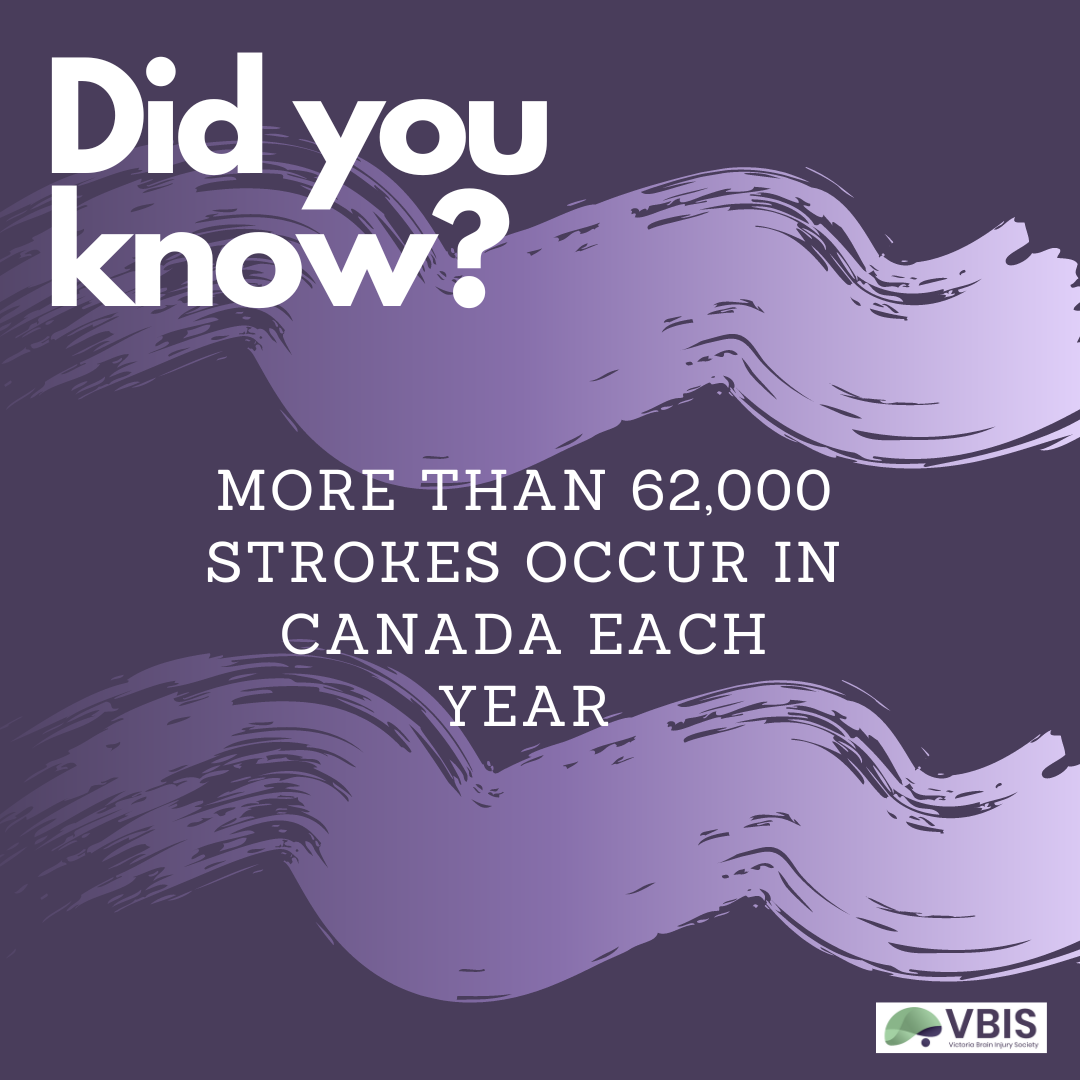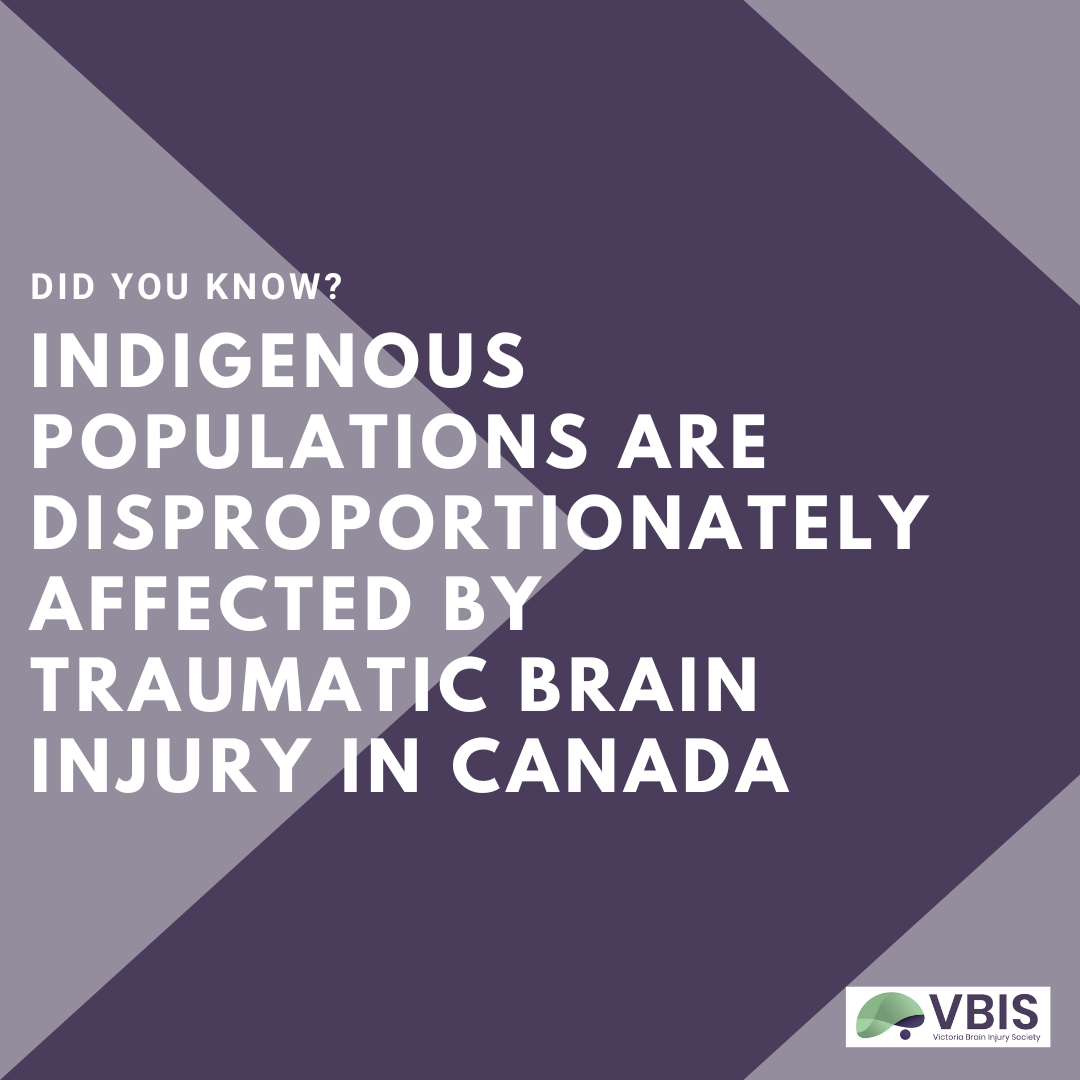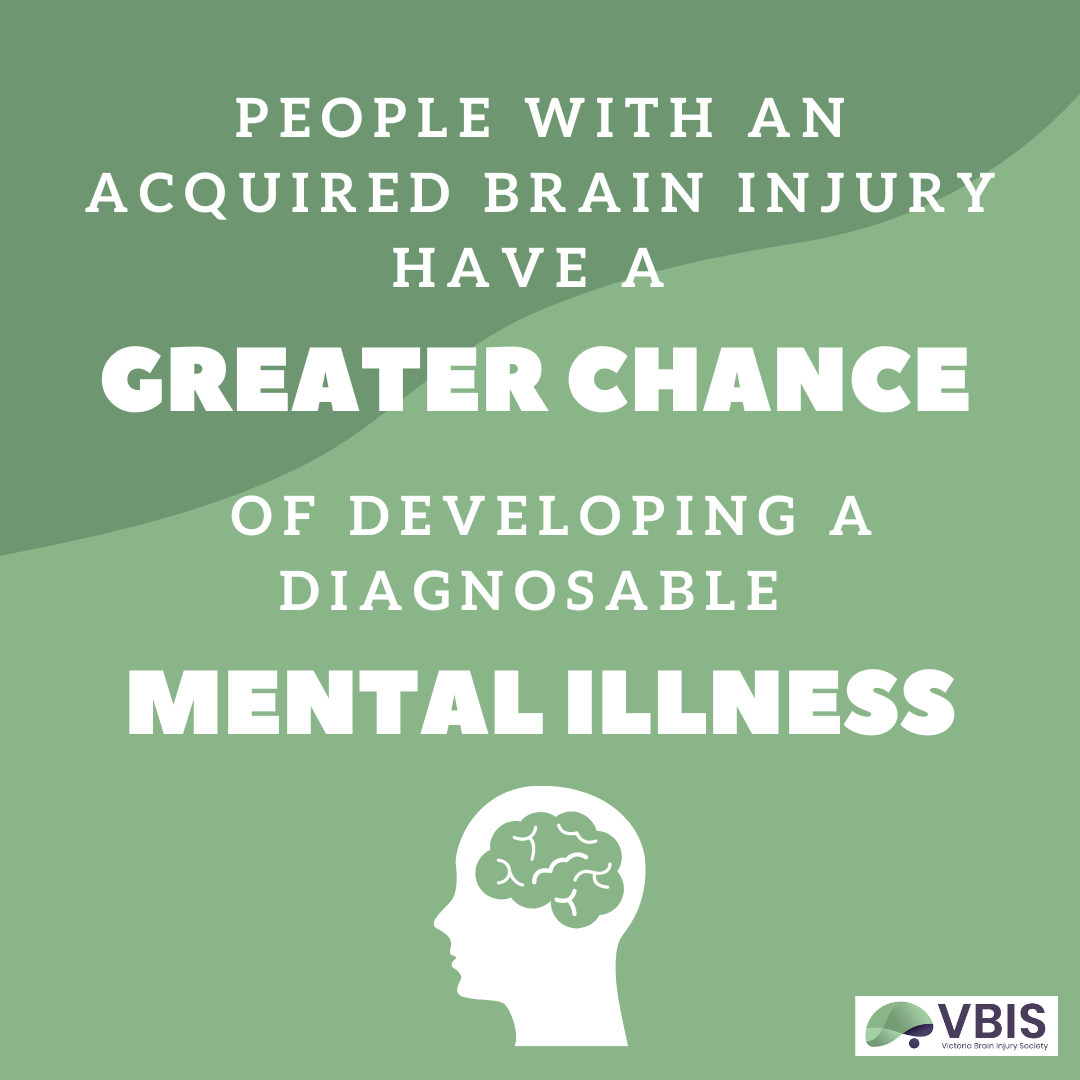Additional Resources
The Statistics
Frequency & Prevalence
- Traumatic brain injury is the number one killer and disabler of Canadians under the age of 40
- 166,455 Canadians are impacted by brain injury each year, or one person injured every 3 minutes in Canada
- Brain injury effects more people annually than breast cancer, multiple sclerosis, spinal cord injury, and HIV/AIDS combined
- Over 2% of the population lives with a permanent disability due to brain injury (700,000 in Canada, 80,000 in BC)
These statistics were compiled using data from the US Center for Disease Control (USCDC). The USCDC records data relating to trauma-based injury only (motor vehicle crashes, falls, sports-related trauma, assault, etc). Other acquired injuries (stroke, aneurysm, anoxic events, tumors, infections, toxins, surgical procedures, drugs and alcohol, electrocutions, arterial venous malformations, etc.) are estimated to double incidence and prevalence rates.
Mental Health & Stigma
People with an acquired brain injury have a greater chance of developing a diagnosable mental illness. These statistics have been compiled by the Ontario Brain Injury Association (OBIA).
- 50% of survivors deal with depression in the year after their injury
- 85% of people with an ABI experience some level of anxiety
- 78% of caregivers say that their role impacts their mental health
As brain injuries are typically invisible and imperceptible to external observers, survivors often receive improper treatment and are told that “they’re fine”, or “should try harder”. Their inability to do so creates challenges, reinforces stigma, and prevents recovery.
- Survivors of brain injury are perceived more negatively than other groups, such as those with limb injuries (Ralph & Derbyshire, 2013)
- Brain injury survivors report becoming socially isolated, which they attribute to stigma surrounding brain injury and their friend’s lack of knowledge on the topic (Poritz et al, 2019; Simpson et al., 2000)

Intersectionality
Brain injury on its own is challenging, but survivors also face many related difficulties, including higher rates of homelessness and incarceration. Indigenous people in Canada are also disproportionately impacted by brain injury. These statistics have been sourced from Brain Injury Canada.
- Nearly 50% of people enduring homelessness have a brain injury
- People who have sustained a brain injury are 2.5 times more likely to be incarcerated than those who have not had a brain injury
- 1/3 women experience intimate partner violence (IPV) in their lifetime, 35-80% of women affected by IPV experience symptoms of a traumatic brain injury (Haag et al., 2019)
- Brain injuries are the leading cause of potential years of life lost in Indigenous societies, with rates 4x higher than the rest of Canada
- Poor brain injury outcomes for Indigenous peoples are often attributed to geographical isolation, socioeconomic status, and psychosocial factors
ready to learn more?
Sign up for our flagship course, Acquired Brain Injury (ABI) 101 to learn more about brain function, brain injury, and coping strategies. This 3-4 week program is offered to brain injury survivors, friends, family & members of the community!
Victoria Brain Injury Society
Units C, D & E 830 Pembroke Street
Victoria, B.C. V8T 1H9
Phone: 250-598-9339
Email: admin@vbis.ca
The Victoria Brain Injury Society (VBIS) is situated on the traditional territories of the Lək̓ʷəŋən (Lekwungen) Peoples. We recognize and express gratitude to the Peoples and Nations in our community, and those throughout the regions we service.

